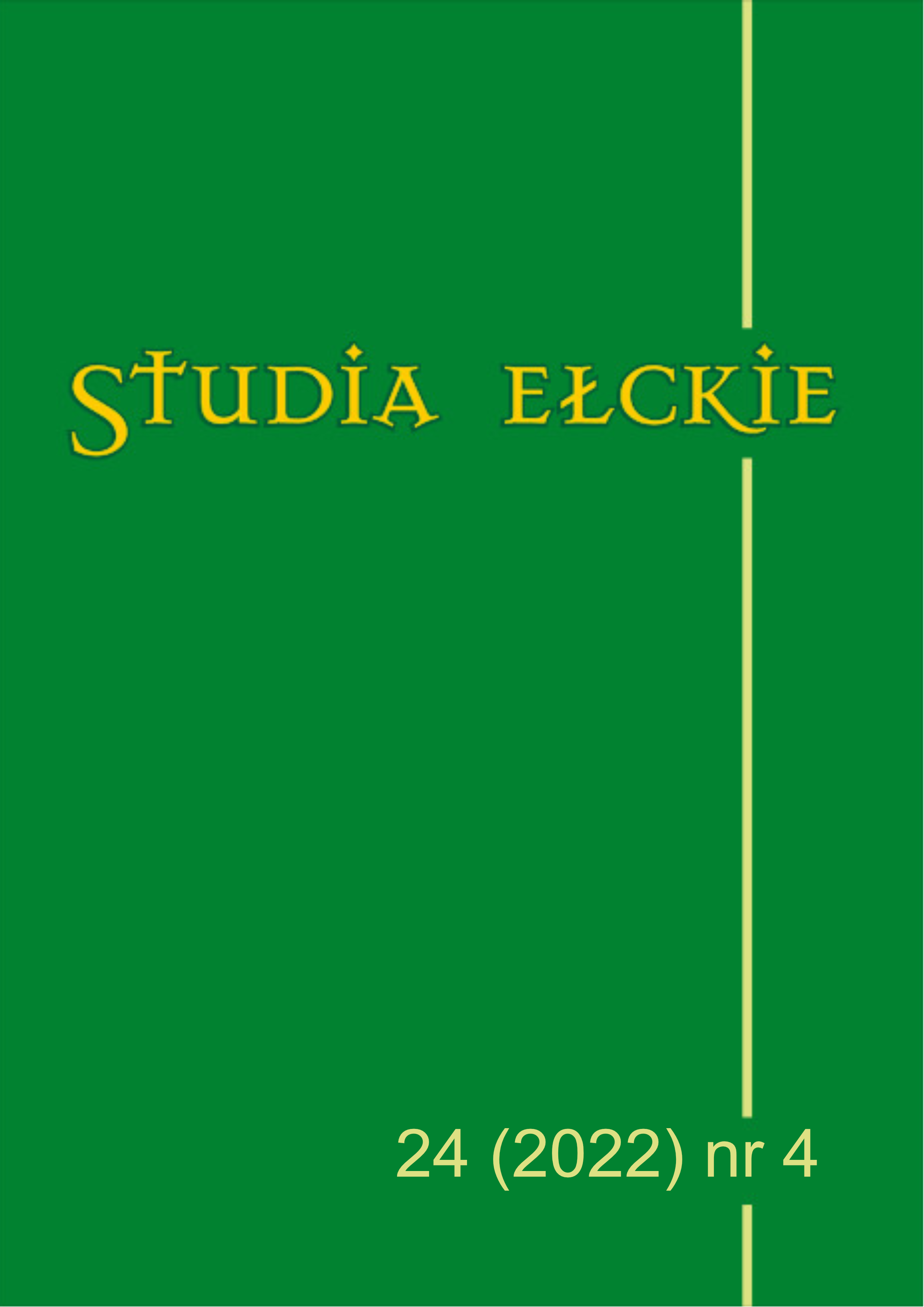Conflicts over the Language of Additional Services
in the Diocese of Sejny or Augustów in the Second Half
of the Nineteenth and Early Twentieth Centuries
Conflicts over the Language of Additional Services
in the Diocese of Sejny or Augustów in the Second Half
of the Nineteenth and Early Twentieth Centuries
Author(s): Algimantas KatiliusSubject(s): History of Church(es), Local History / Microhistory, Sociology of Religion, History of Religion
Published by: Wydawnictwo Diecezjalne »Adalbertinum«
Keywords: Diocese of Sejny or Augustów; Language; Poland; Lithuania;
Summary/Abstract: In 1898, a questionnaire was sent the parish clergy on behalf of Antanas Baranauskas, Bishop of Sejny, in which, among other things, they were asked about the local languages used in church practice. An analysis of the clergy’sanswers shows that at the end of the nineteenth century, there were not manypotential parishes in the diocese of Sejny or Augustów where conflicts over theuse of languages in the additional services could arise. The Lithuanian lan-guage was well established in most Lithuanian parishes or in those with fewPolish believers. The most important source for studying the causes and devel-opment of linguistic conflicts in parishes is the parishioners’ petitions writtento their spiritual superiors and to the civil authorities. These petitions includedemands of each side, explain the situation, and ask for a change in the situa-tion with regard to one language or the other. In the appeals written by theLithuanian believers, the justification of the introduction of the Lithuanian lan-guage in additional services was that the majority of the believers in the parishwere of Lithuanian nationality and that most of the parishioners did not under-stand Polish. The reason given by the Polish believers in their petitions was thetradition, i.e., that the Polish language had been around for a long time or thattheir ancestors built a particular church. The reactions of the hierarchs of thediocese of Sejny or Augustów to linguistic conflicts in the parishes dependedon the number of believers of one nationality or the other in a parish. This wasto maintain the principle of fairness, so that neither side would be disadvan-taged. In the parishes discussed, the majority of the believers were Lithuanianparishioners, and this was taken into account in determining the proportions ofsermons, hymn-singing, and other liturgical rites. The use of Polish in addi-tional services was thus given its proper place.
Journal: Studia Ełckie
- Issue Year: 24/2022
- Issue No: 4
- Page Range: 501-524
- Page Count: 24
- Language: English

